Mysterious Gamma-ray burst baffles scientists, causes NASA rethink on how black holes are formed
A recent NASA study could change the understanding of gamma-ray bursts and black hole formation. Know all about it here.
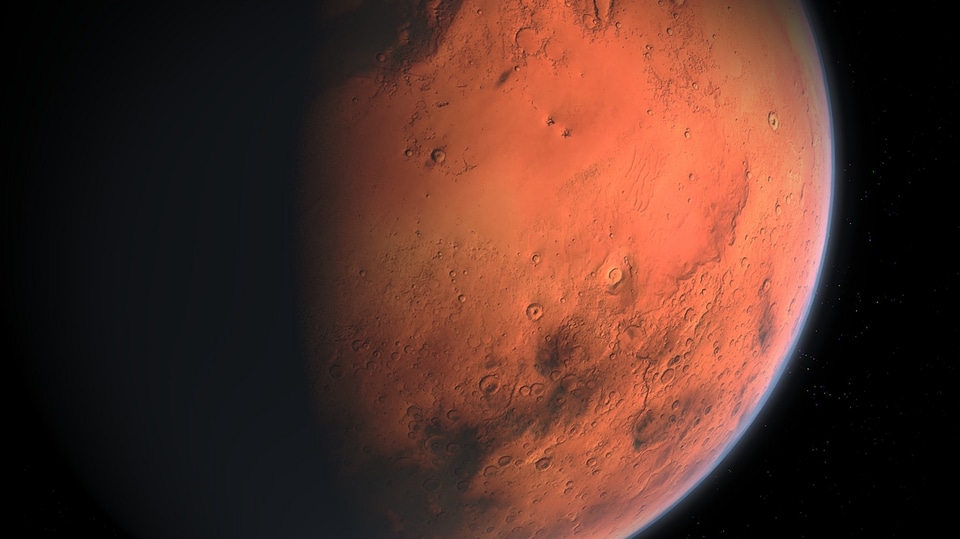
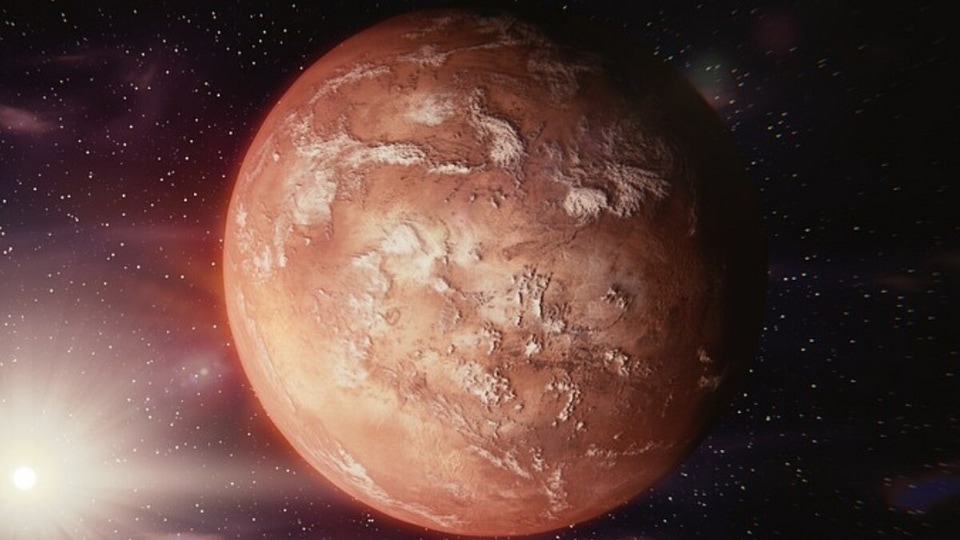
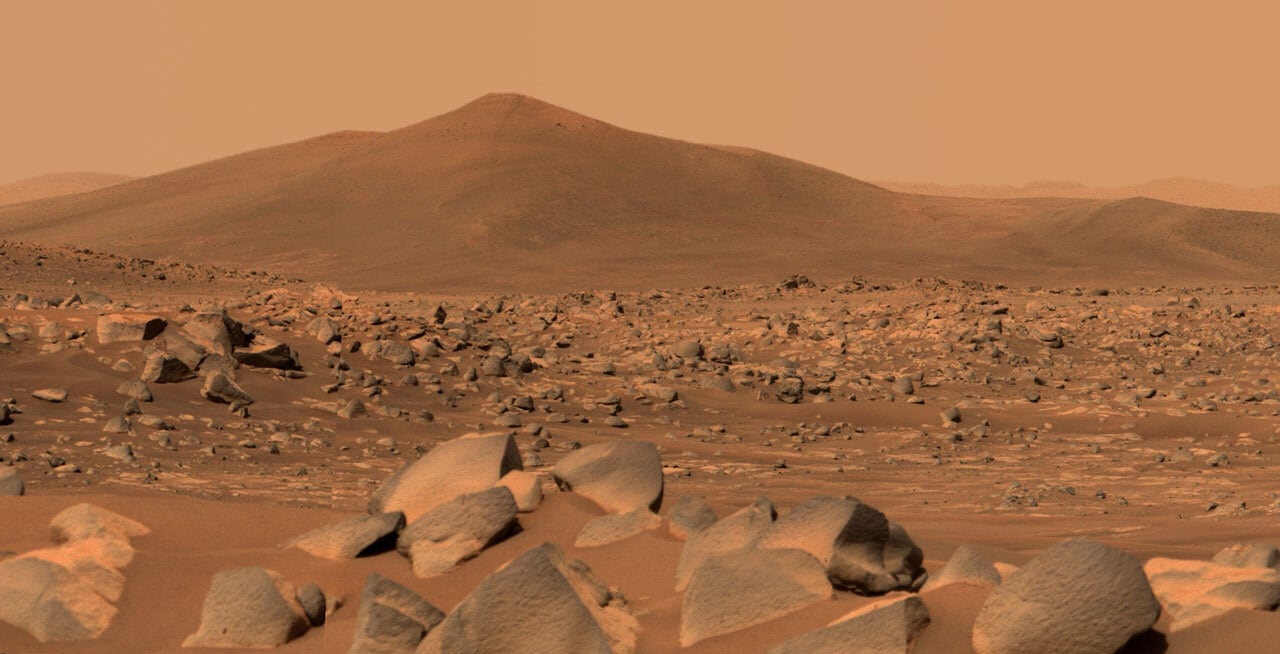

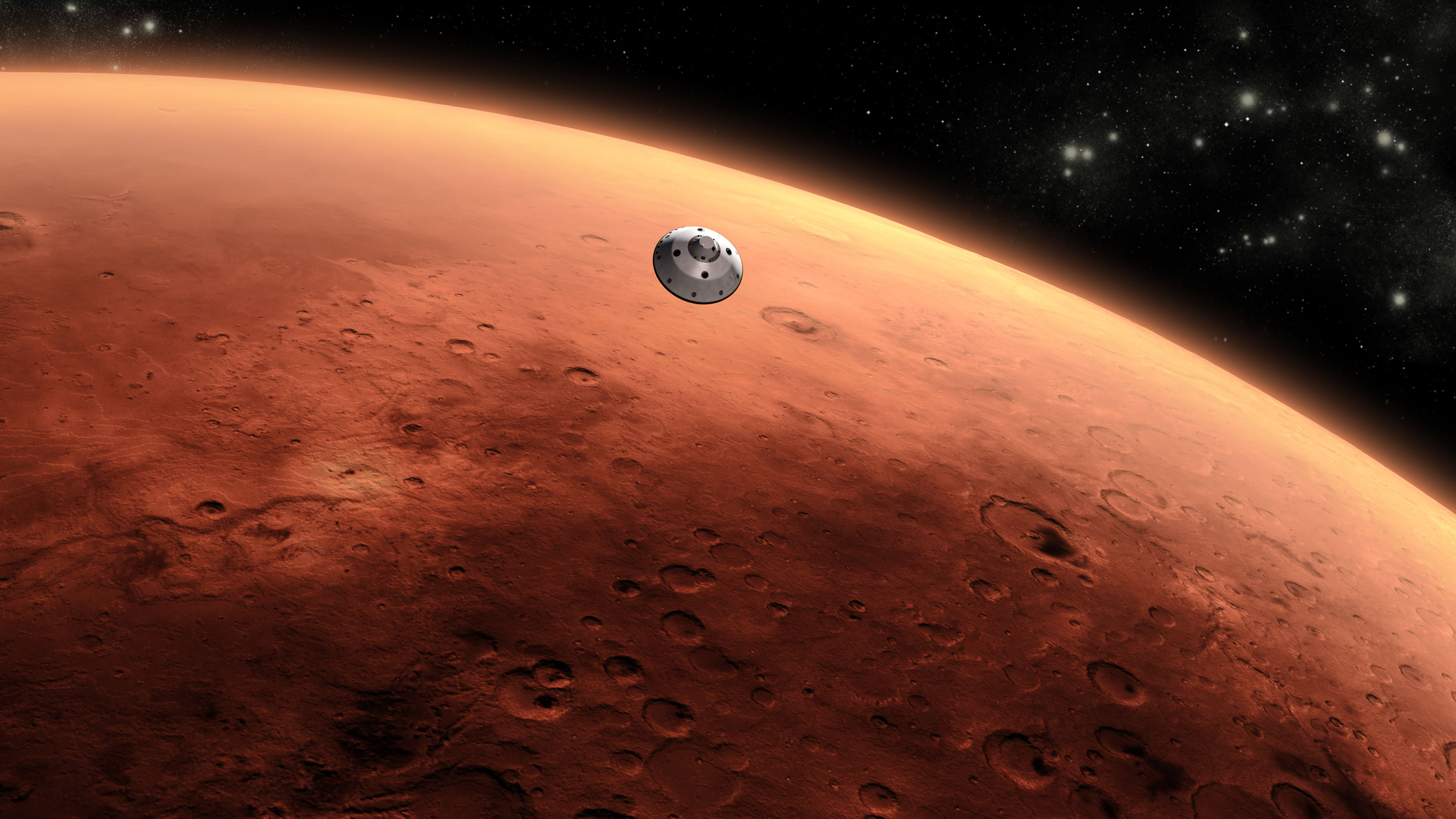
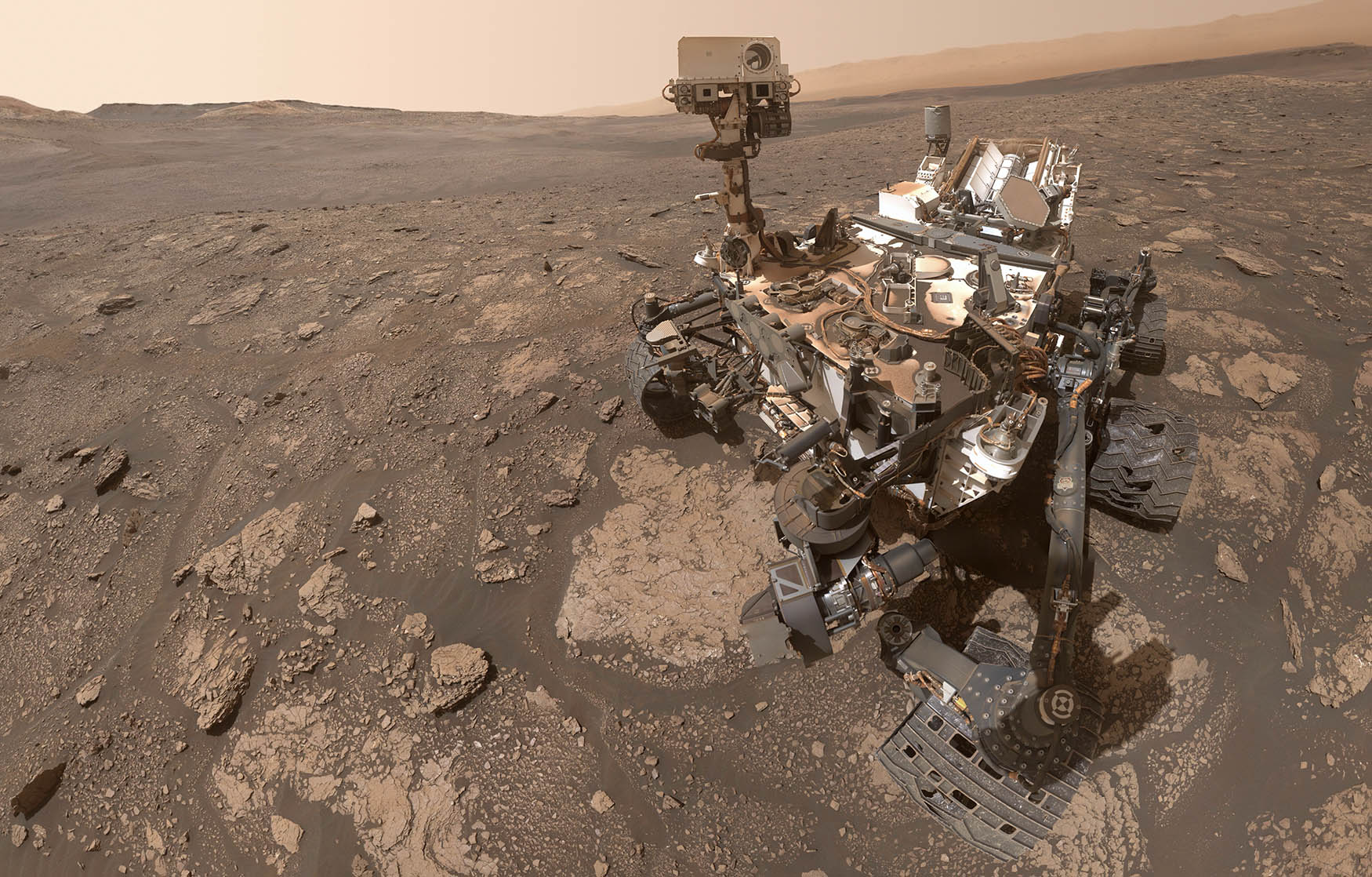
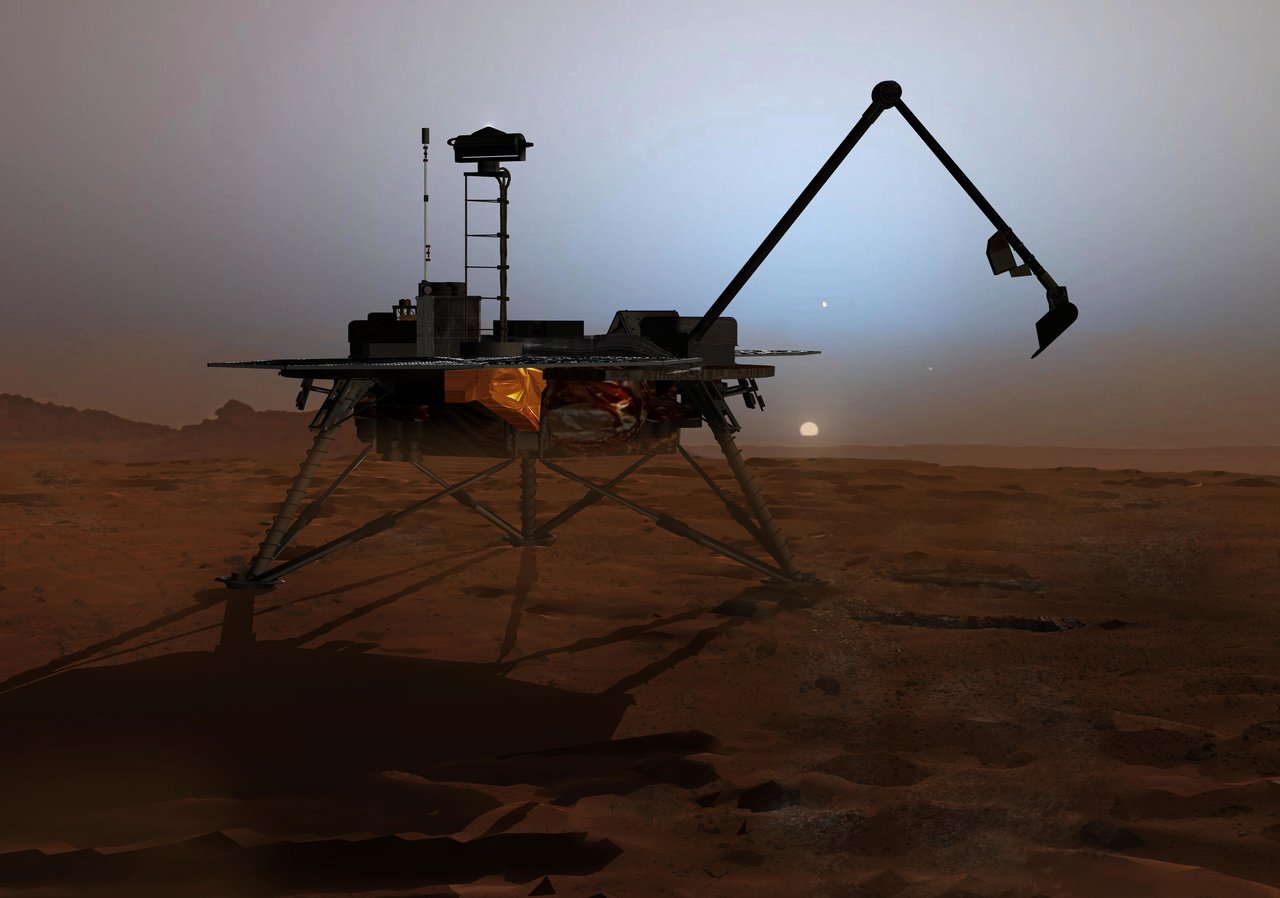
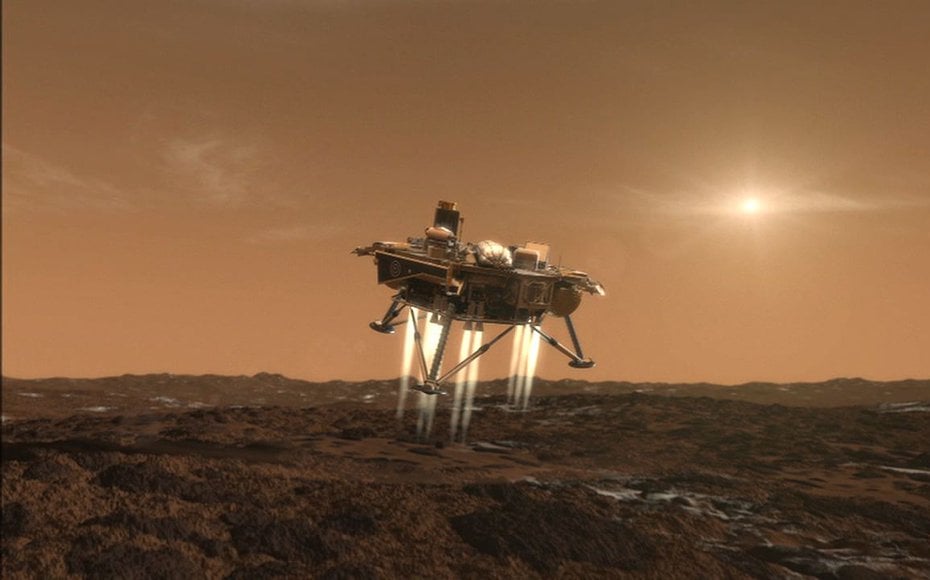
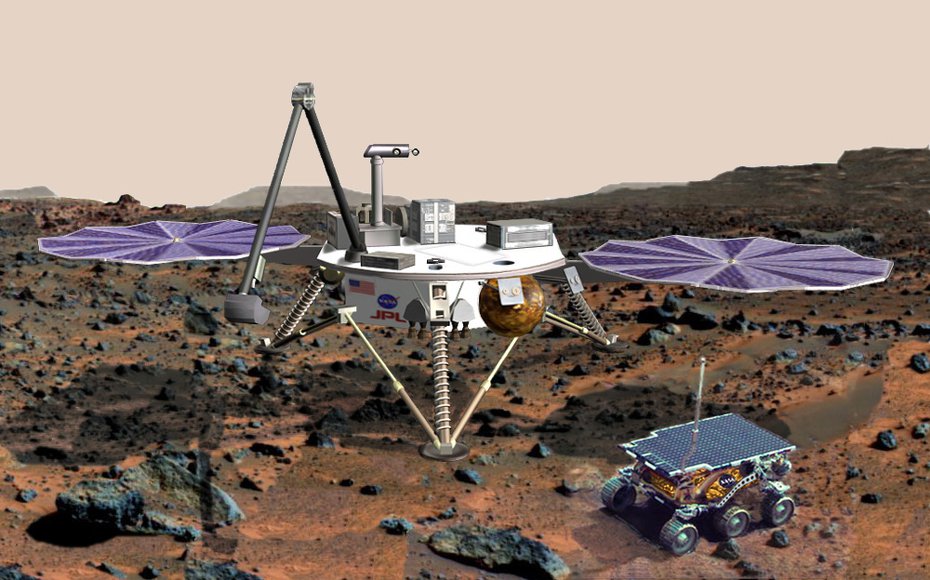

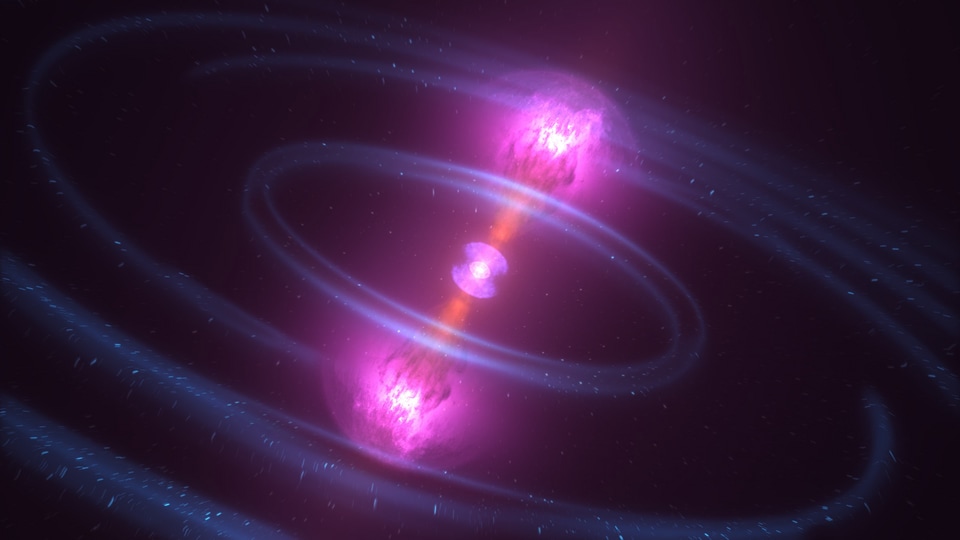
 View all Images
View all ImagesAlmost a year ago on December 11, Earth was witness to a high energy gamma-ray burst (GRB) which was suspected to be emitted from the outskirts of a galaxy around 1 billion light-years away. What made this cosmic burst unusual was the fact that it did not submit to any one pre-defined category of gamma-ray bursts. It left scientists baffled and put a doubt into their previous understanding of GRBs.
According to NASA, GRBs are classified into two categories – long bursts and short bursts. Long bursts which emit gamma rays for two seconds or more and originate from the formation of dense objects like black holes in the centers of massive collapsing stars. Short bursts on the other hand emit gamma rays for less than two seconds and are caused by mergers of dense objects like neutron stars.
Jillian Rastinejad, a graduate student at Northwestern University who led one team that studied the burst said in a NASA blog,” “This burst, named GRB 211211A, was paradigm-shifting as it is the first long-duration gamma-ray burst traced to a neutron star merger origin. The high-energy burst lasted about a minute, and our follow-up observations led to the identification of a kilonova. This discovery has deep implications for how the universe's heavy elements came to be.”
According to NASA, a Kilonova is a short burst with the following flare of visible and infrared light. When two neutron stars collide, they strip off neutron-rich metal as a result of the collision which creates a cloud of hot debris.
Eleonora Troja, an astrophysicist at the University of Rome who led another team that studied the burst said,” “Many years ago, Neil Gehrels, an astrophysicist and Swift's namesake, suggested that neutron star mergers could produce some long bursts. The kilonova we observed is the proof that connects mergers to these long-duration events, forcing us to rethink how black holes are formed.”
Catch all the Latest Tech News, Mobile News, Laptop News, Gaming news, Wearables News , How To News, also keep up with us on Whatsapp channel,Twitter, Facebook, Google News, and Instagram. For our latest videos, subscribe to our YouTube channel.
































